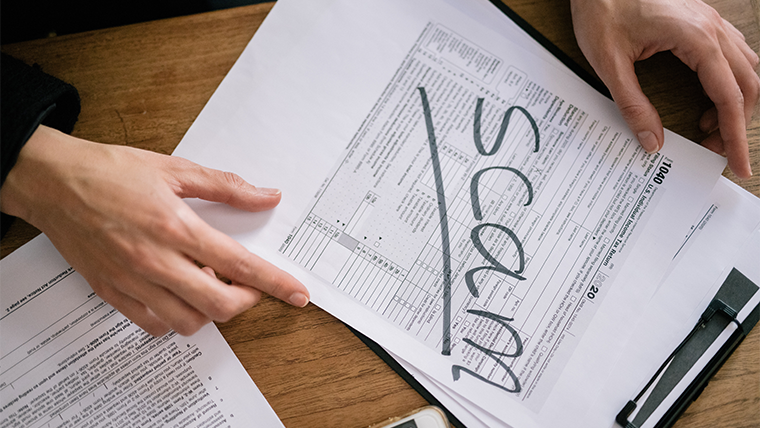In the vast landscape of the internet, where information flows freely and access to knowledge is unprecedented, a darker side lurks – the proliferation of Fullzinfo documents. From counterfeit passports to fabricated academic certificates, the web has become a breeding ground for deception. Navigating this treacherous landscape requires vigilance, critical thinking, and a keen eye for detecting the telltale signs of falsified information.
The Rise of Digital Deception
In the digital age, the creation and dissemination of fake documents have become more sophisticated than ever. Advanced technology, coupled with the anonymity the internet provides, has given rise to a thriving underground market for fraudulent documents. From identity theft to financial fraud, the consequences of falling prey to these deceptions can be severe.
One of the most common types of fake documents circulating online is counterfeit identification. With the demand for false identification for various illicit activities, criminals leverage digital tools to produce convincing replicas of passports, driver’s licenses, and other official documents. These falsified documents can not only facilitate identity theft but also enable criminals to move freely across borders undetected.
The Web’s Underbelly: The Marketplace for Fake Documents
Deep within the hidden corners of the internet, black markets thrive where fake documents are bought and sold. Cryptocurrencies provide a cloak of anonymity, making transactions virtually untraceable. These marketplaces offer a wide array of fraudulent documents, catering to the diverse needs of individuals seeking to deceive authorities or gain unauthorized access to resources.
Detecting the Deception: A Guide for Navigating Safely
As the web becomes increasingly inundated with fake documents, individuals must equip themselves with the tools to discern authenticity. Here are some key strategies for navigating the web of deception:
1. Verify Sources and Authenticity
Always scrutinize the source of the document. Official government websites, educational institutions, and reputable organizations are trustworthy sources. Cross-reference the information with multiple reliable sources to confirm authenticity.
2. Examine Details and Security Features
Legitimate documents often contain intricate security features, such as holograms, watermarks, and special inks. Take the time to examine these details carefully. If something looks or feels off, it may be a red flag.
3. Be Skeptical of Digital Copies
Digital copies of official documents can be manipulated easily. If someone provides a scanned copy, request to see the original document or verify the information through official channels.
4. Stay Informed About Scams
Keep yourself updated on the latest scams and techniques used by fraudsters. Awareness is a powerful tool in avoiding falling victim to deceptive practices.
5. Seek Professional Help
If in doubt, consult professionals in the field. Government agencies, educational institutions, and law enforcement have resources to verify the authenticity of documents.
The Road Ahead: Combating Digital Deception
As technology evolves, so too do the methods employed by those seeking to deceive. The fight against fake documents requires a collaborative effort between individuals, organizations, and governments. Strengthening cybersecurity measures, implementing stricter verification processes, and raising awareness about the dangers of fraudulent documents are crucial steps in combating the rising tide of digital deception.
